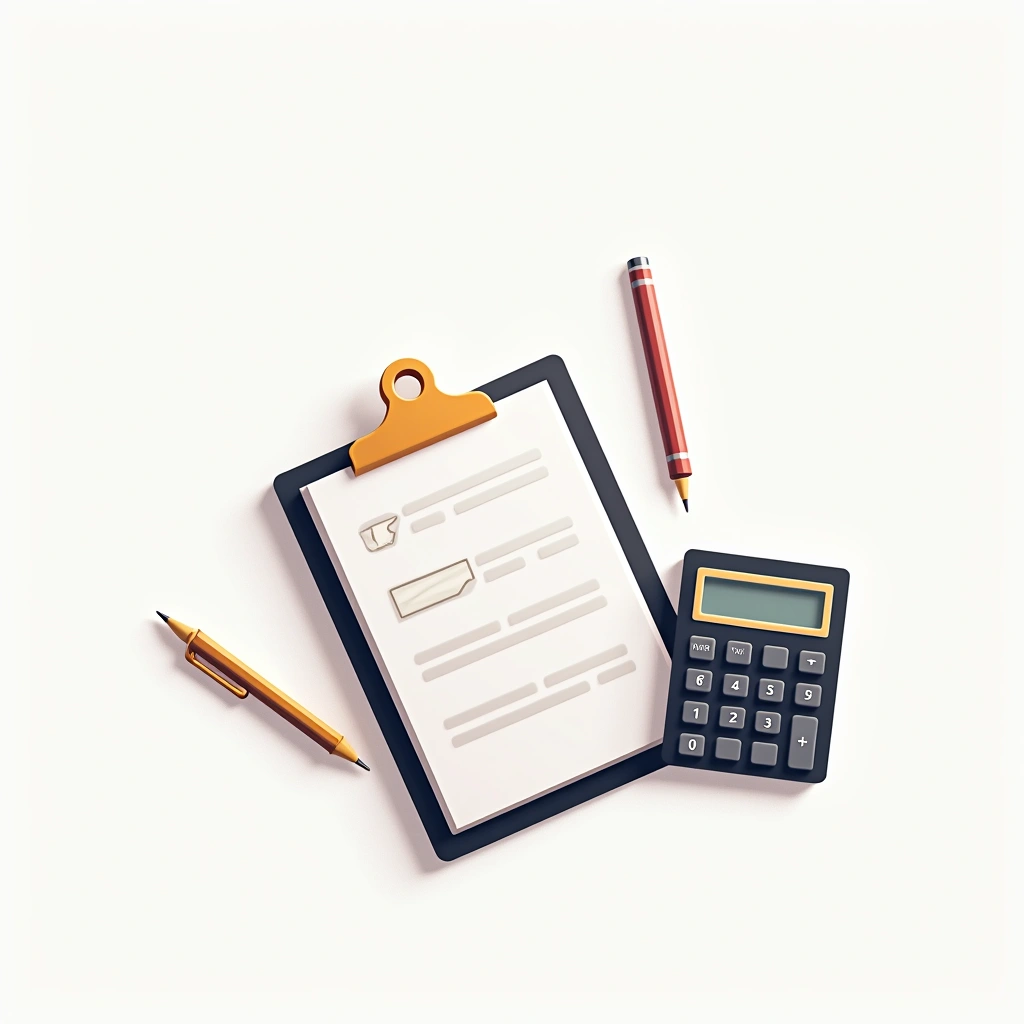
Make a Financial Plan
Create a detailed financial plan that classifies goals as essential or luxury. Using tools like spreadsheets helps project future values and keeps your finances organized.


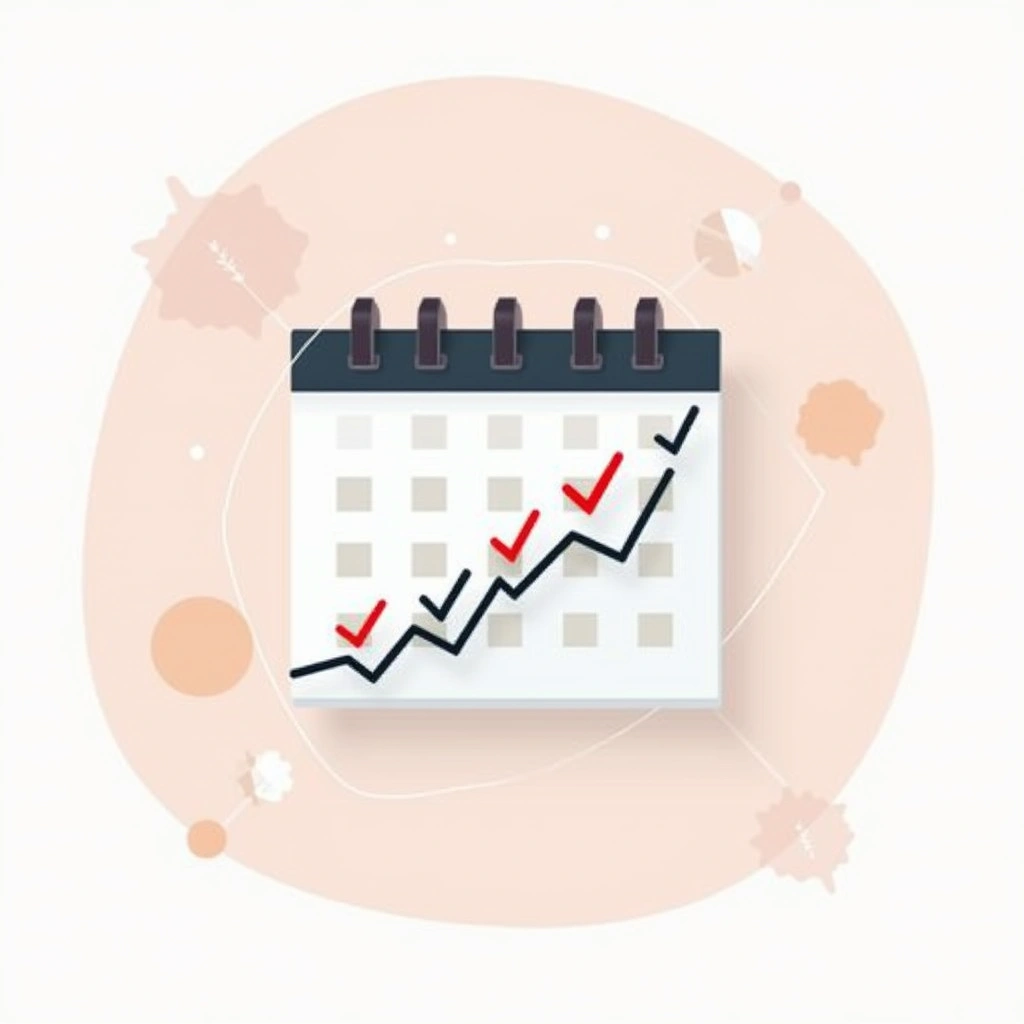
Stick to the Plan
Review your financial plan quarterly and adhere to it as closely as possible. Modify only when your financial circumstances change significantly to maintain consistency in your financial journey.



Track Credit Score Regularly
Monitor your credit score regularly to understand your financial standing and identify areas for improvement. A good score helps qualify for favorable interest rates on loans and credit cards.


Set Up Account Alerts
Configure alerts on your bank accounts to avoid fees and track financial activities. Notifications for low balances, large transactions, and suspicious activity provide real-time awareness of your finances.



Purge Unnecessary Papers
Regularly discard or digitize financial documents you no longer need. Shredding sensitive papers protects against identity theft while organizing important records improves financial clarity.



Review Your Beneficiaries
Regularly update beneficiaries on financial accounts and insurance policies. This ensures your assets will be distributed according to your current wishes if something happens to you.



Open Retirement Accounts
Set up retirement accounts like 401(k)s, IRAs, or country-specific options such as RRSPs and TFSAs. These tax-advantaged accounts help maximize long-term growth of your savings.


Remove Saved Payment Info
Delete saved credit card information from websites and shopping apps. This creates a friction point that reduces impulse purchases and helps maintain spending control.


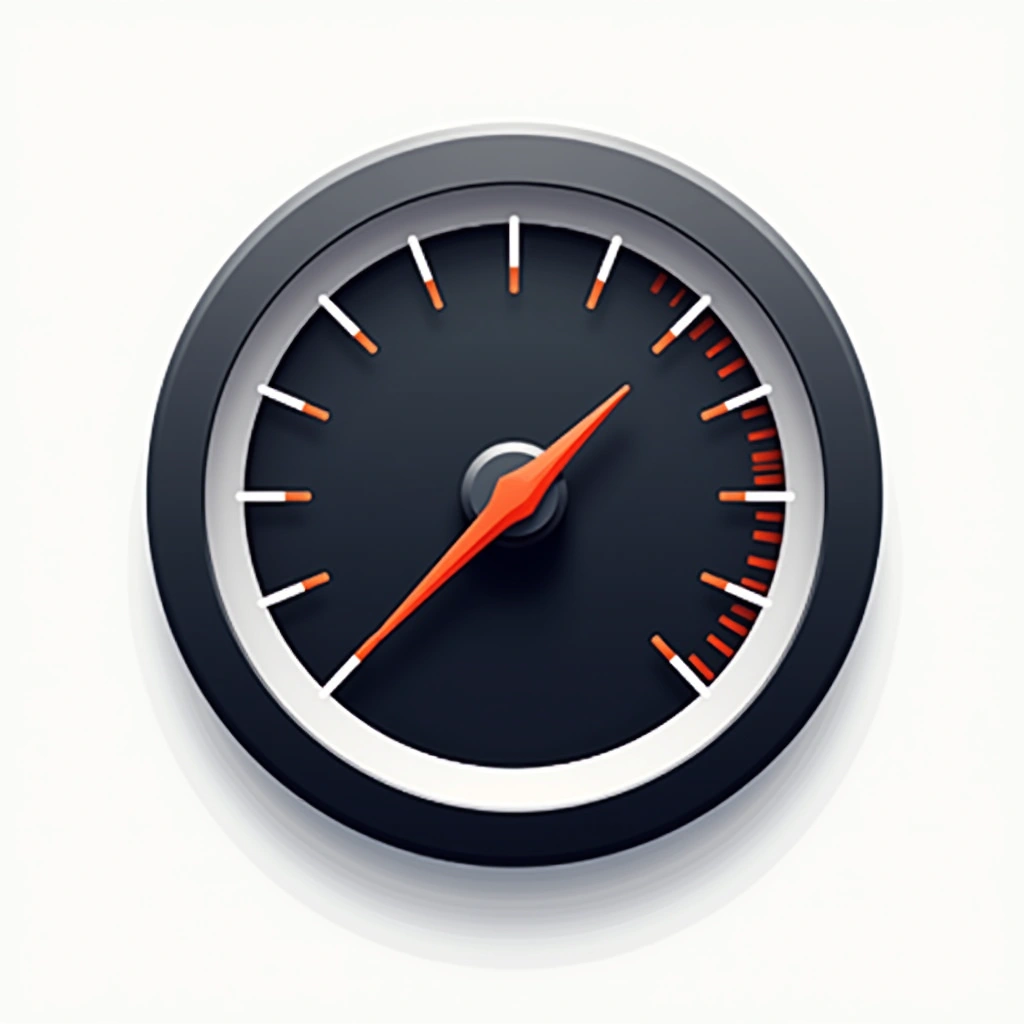
Drive More Efficiently
Practice fuel-efficient driving techniques like steady acceleration and maintaining proper speed. This simple habit can significantly reduce monthly transportation expenses without requiring lifestyle changes.



Shop Thrift Stores
Purchase clothing and household items from second-hand stores instead of buying new. This habit can reduce spending on necessities while sometimes yielding unique, high-quality finds.


Automate Financial Tasks
Set up automatic transfers for savings goals and bill payments. Automation ensures consistency in your financial plan and eliminates late fees by guaranteeing on-time payments.


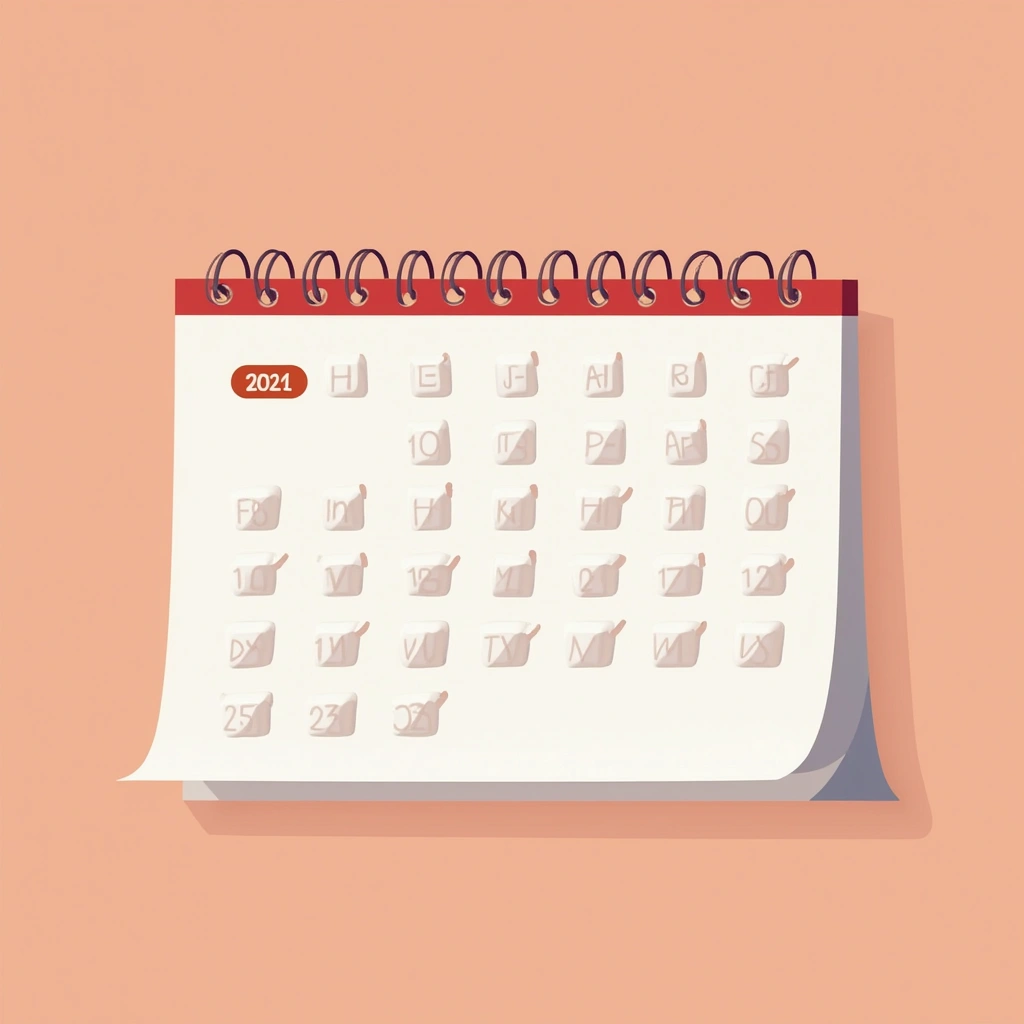
Shop Off-Season
Purchase clothing, holiday items, and seasonal equipment during off-peak times. This strategic approach can yield discounts of 50-80% on items you'll eventually need.



Use Guest Checkout
Shop online using guest checkout options instead of creating accounts with stored information. This reduces marketing exposure and creates a barrier to impulse purchasing.



Save Your Change
Collect and deposit physical coins or use digital roundup services that transfer spare change to savings. This painless method accumulates surprising amounts over time without affecting your lifestyle.


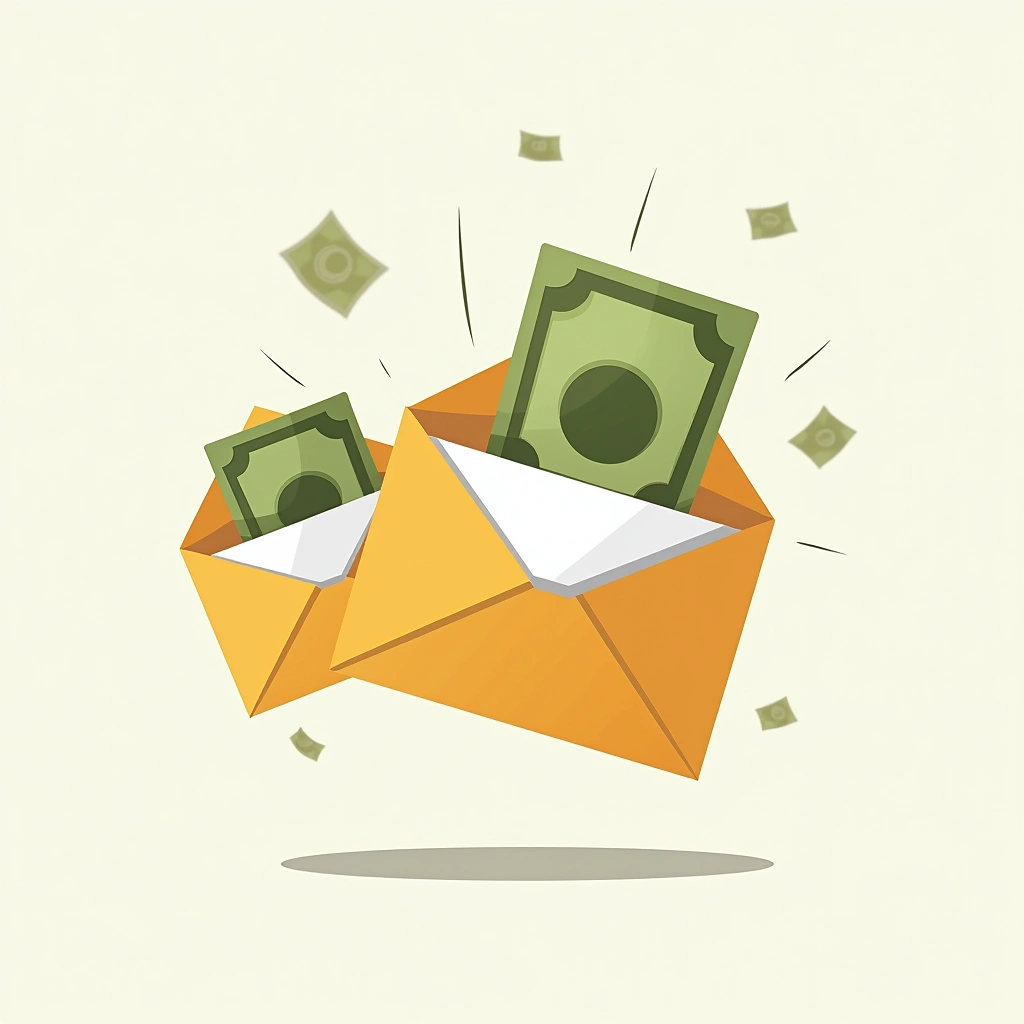
Try Cash-Only Budget
Use physical cash for discretionary spending categories like entertainment and dining. The tangible nature of cash creates psychological awareness that digital payments often lack.



Plan Weekly Meals
Create a detailed meal plan before grocery shopping to reduce food waste and unnecessary purchases. This practice minimizes expensive takeout decisions and helps utilize existing pantry items.


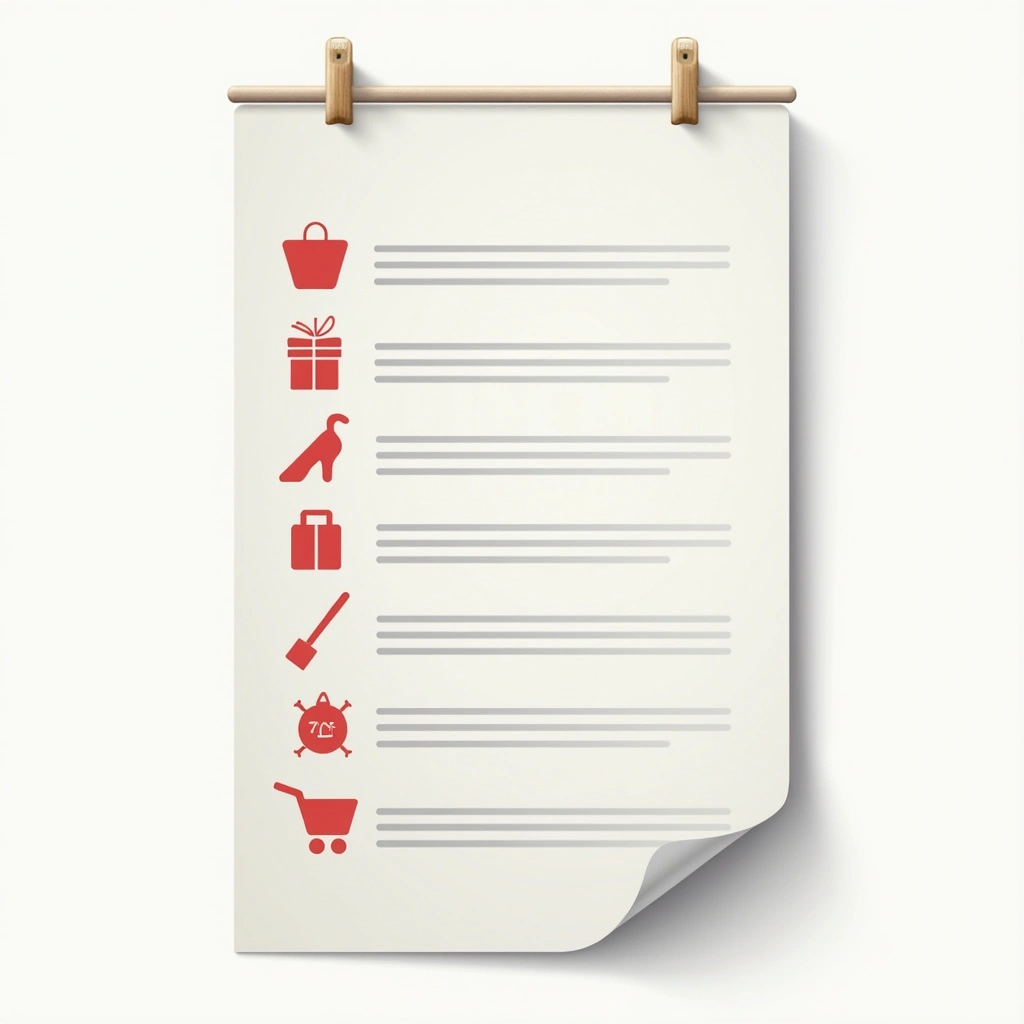
Focus on Needs
Critically evaluate purchases by distinguishing between genuine needs and discretionary wants. This mindset shift helps prioritize spending on items that deliver true value to your life.


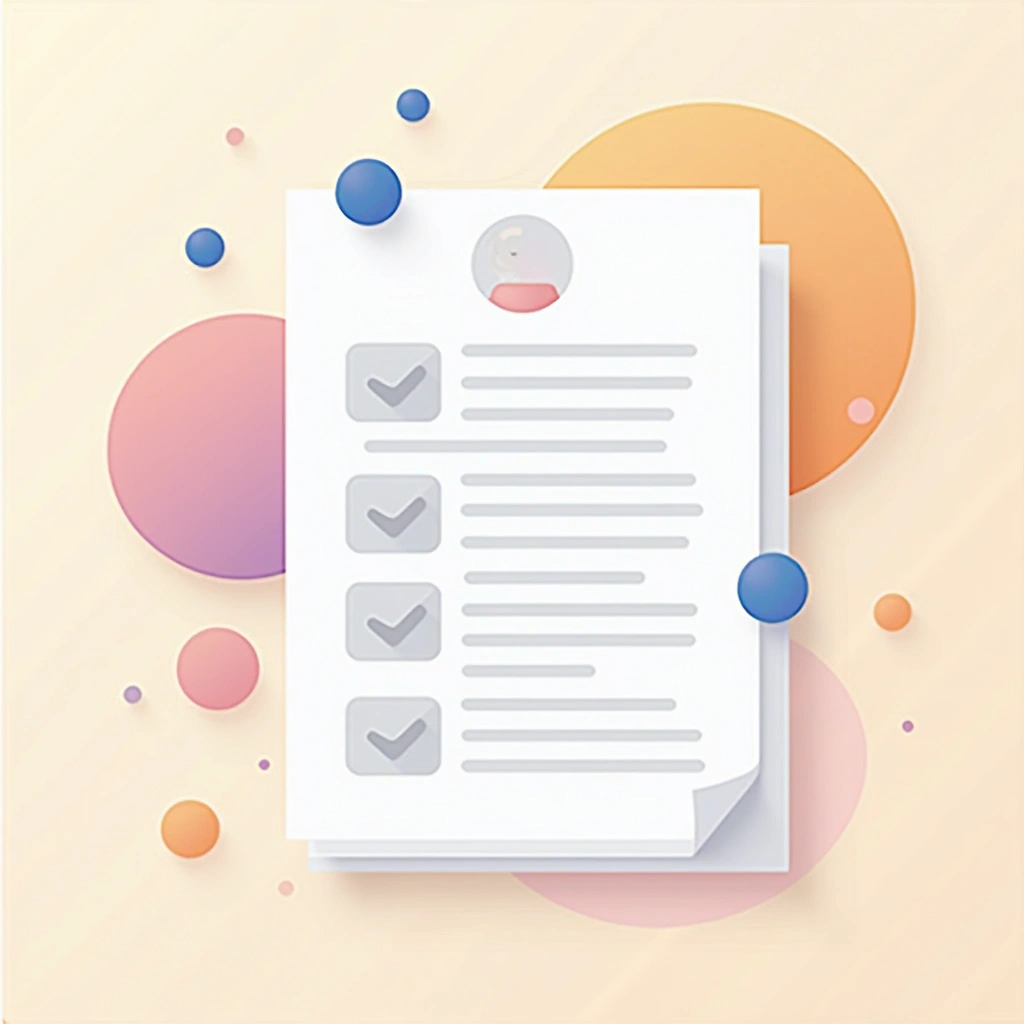
Review Subscriptions Regularly
Create and regularly audit a comprehensive list of all recurring subscriptions and memberships. This habit identifies forgotten or underutilized services that silently drain your finances.


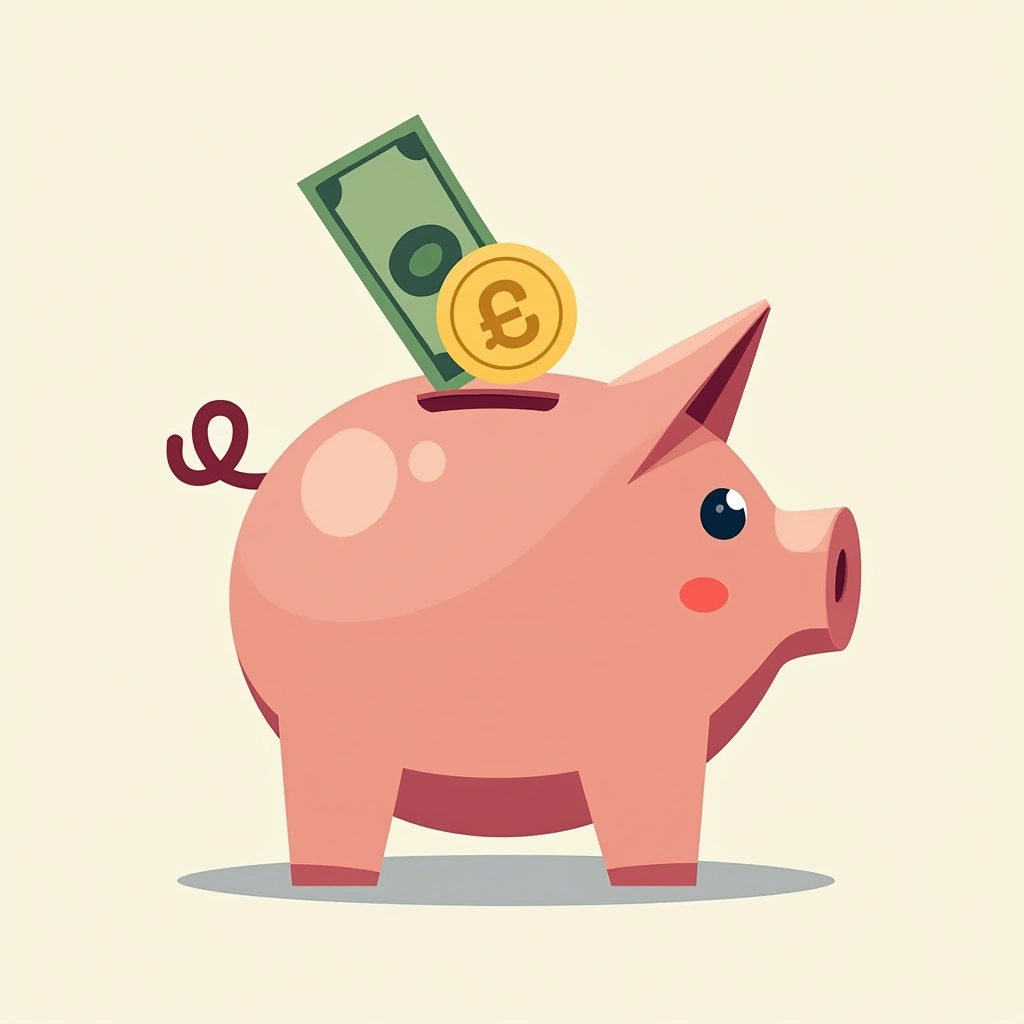
Pay Yourself First
Automatically transfer a percentage of income to savings and investments before budgeting remaining funds. This reverses the typical pattern of saving whatever is left after spending.



Find Accountability Partner
Establish a relationship with someone who will regularly review your financial progress and habits. This external accountability significantly increases the likelihood of maintaining positive financial behaviors.



Build Emergency Fund
Establish a dedicated savings account with 3-6 months of essential expenses. This financial buffer prevents debt accumulation during unexpected events like medical issues or job loss.


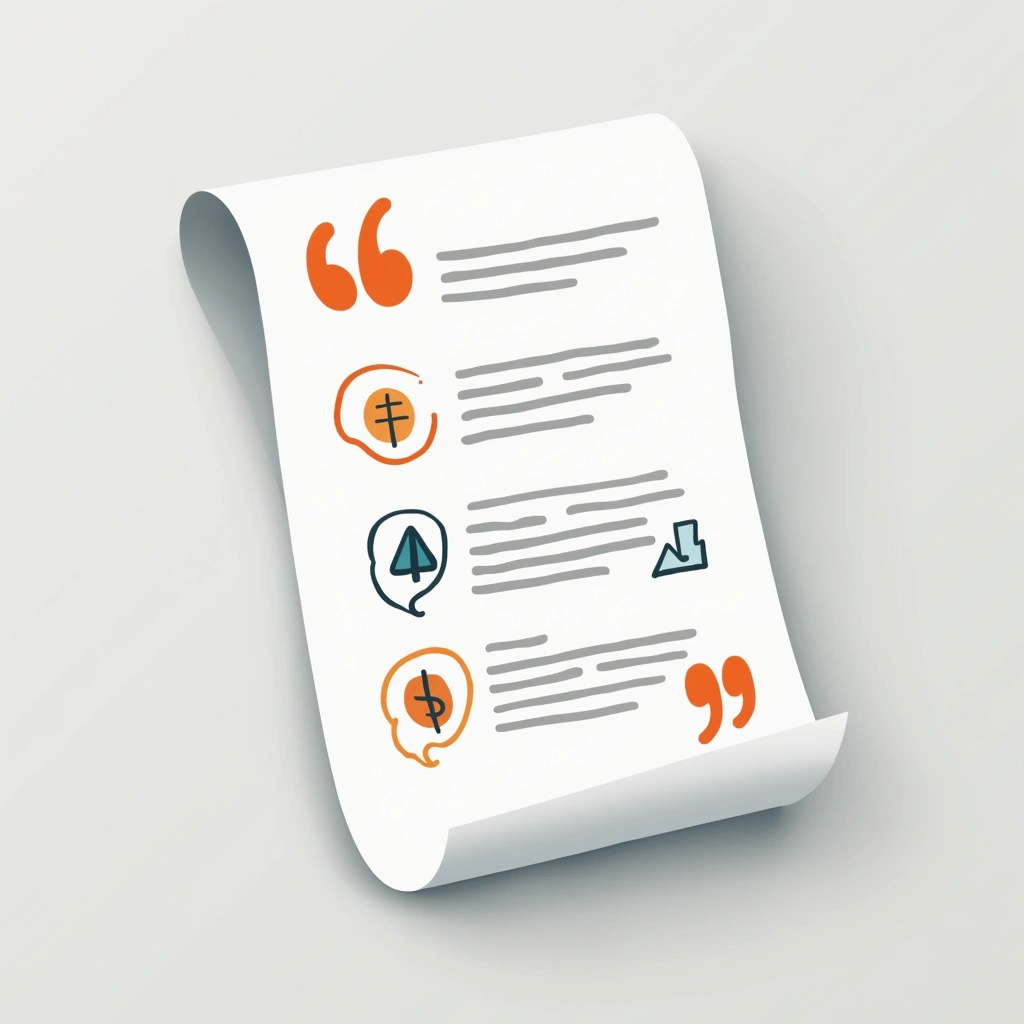
Compare Multiple Quotes
Obtain at least three price quotes for services, insurance, and major purchases. This simple habit can save substantial amounts on both one-time and recurring expenses.



Take Finance Courses
Invest time in financial education through online courses, workshops, or reading materials. Improved financial literacy leads to better decision-making and wealth-building opportunities.


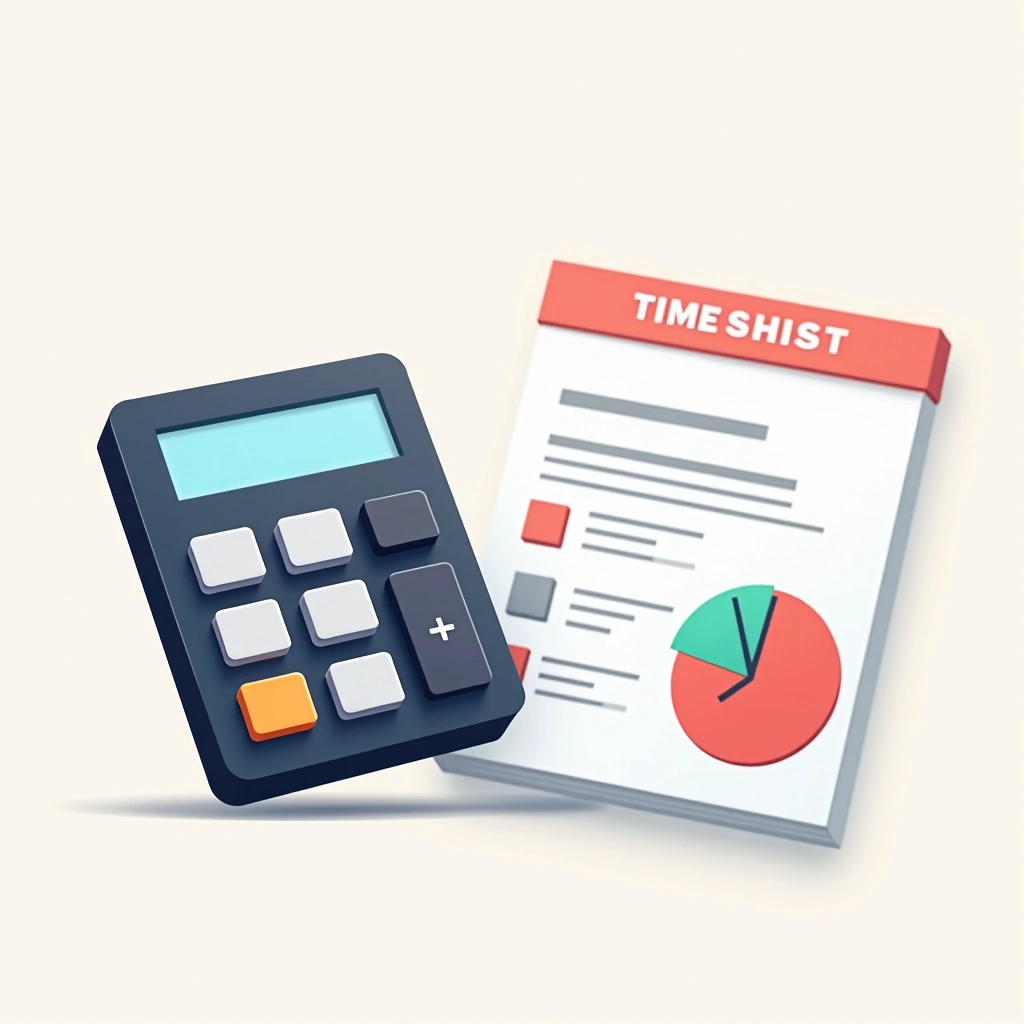
Calculate Work-Hour Cost
Convert purchase prices into the number of working hours required to earn that amount. This mental reframing creates powerful perspective on whether items are worth their true cost.



Create Money Mantra
Develop a personal financial affirmation that reinforces your goals and values. Repeating this mantra during spending decisions helps maintain focus on long-term priorities.



Keep Money Journal
Document all expenses alongside notes about your emotional state and satisfaction with purchases. This practice reveals spending triggers and patterns that automatic tracking apps miss.



Implement Purchase Delays
Establish a mandatory waiting period (24-72 hours) before making non-essential purchases. This cooling-off period reduces impulse buying and ensures purchases align with true priorities.



DIY When Possible
Learn to handle basic maintenance and repair tasks rather than hiring services. This skill-building approach saves immediate money while providing long-term value through self-sufficiency.



Consult Financial Advisors
Periodically meet with financial professionals for objective advice on your financial strategy. Expert guidance helps optimize tax planning, investment allocation, and major financial decisions.



Sell Unused Items
Regularly identify and sell possessions that no longer provide value in your life. This practice generates immediate income while reducing clutter and storage needs.



Financial Independence Check
Assess your financial independence from parents or others regularly. Creating clear boundaries around money fosters responsibility and prevents unhealthy dependencies that can derail long-term wealth building.

